Enrollment is only the first step. OEM remained deeply committed this year to helping students thrive once they arrive on campus. The Student Success and Retention Survey, now in its second phase, gathered insights from nearly 1,000 first-year students and provided valuable direction for improving the student experience. Findings led to new partnerships, including work with the Center on Teaching and Learning to help faculty foster belonging in the classroom and collaboration with Residence Life to analyze retention patterns by housing assignments.
 OEM also expanded its proactive outreach, using events such as Red Carpet Days, Friday Finish, and College Goal Sunday to connect with students early and often. Targeted calls, emails, and SMS reminders—powered by Ivy, IU’s AI chatbot—ensured students received timely information and resources before small challenges became barriers. A pilot project with Student Central on immunization holds provided direct outreach to 620 students, resulting in a 104 percent increase in resolved holds and registered students compared to the previous year.
OEM also expanded its proactive outreach, using events such as Red Carpet Days, Friday Finish, and College Goal Sunday to connect with students early and often. Targeted calls, emails, and SMS reminders—powered by Ivy, IU’s AI chatbot—ensured students received timely information and resources before small challenges became barriers. A pilot project with Student Central on immunization holds provided direct outreach to 620 students, resulting in a 104 percent increase in resolved holds and registered students compared to the previous year.
Demand for student support grew significantly this fall, with OEM handling more than 25,000 contacts across phone, email, and in-person services in August alone—an increase of more than 4,000 from last year. Live chat engagement more than doubled as students embraced digital services, and AI-powered enhancements to phone and email queues improved both efficiency and the quality of student interactions.


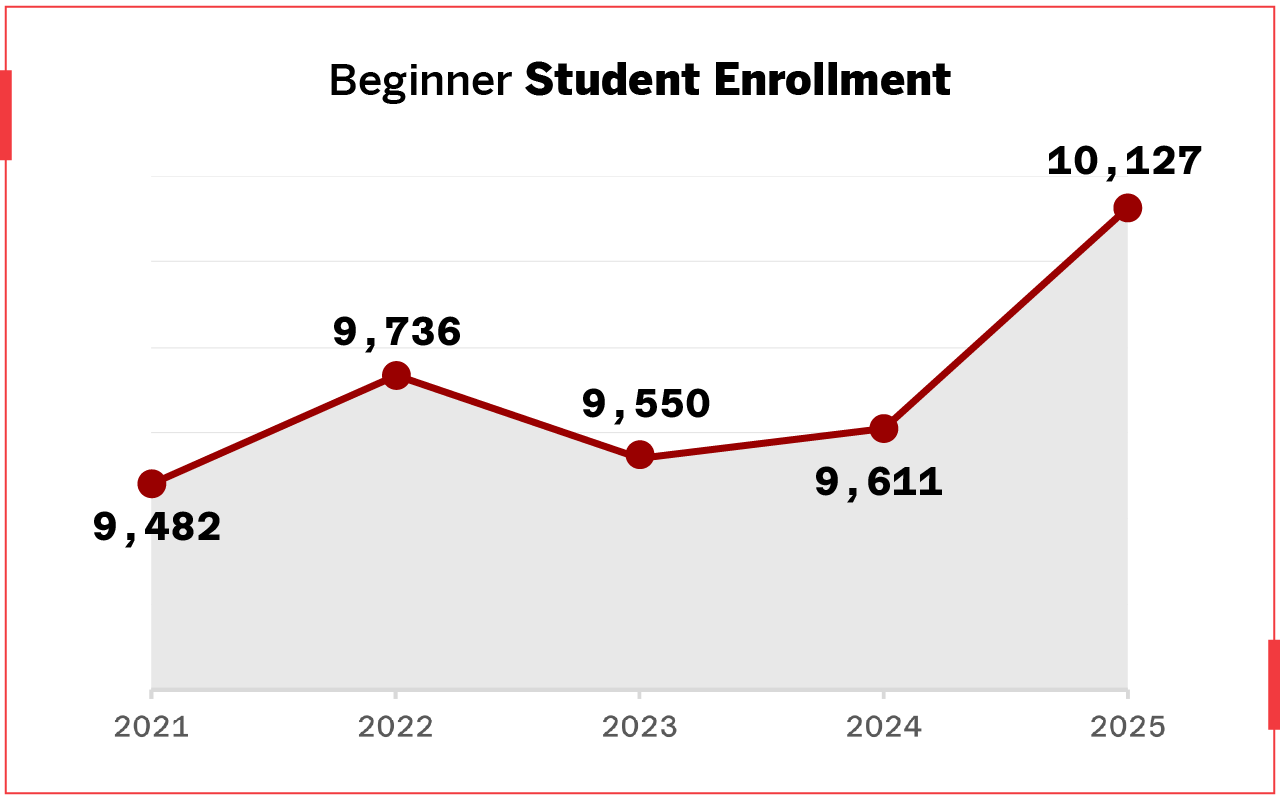
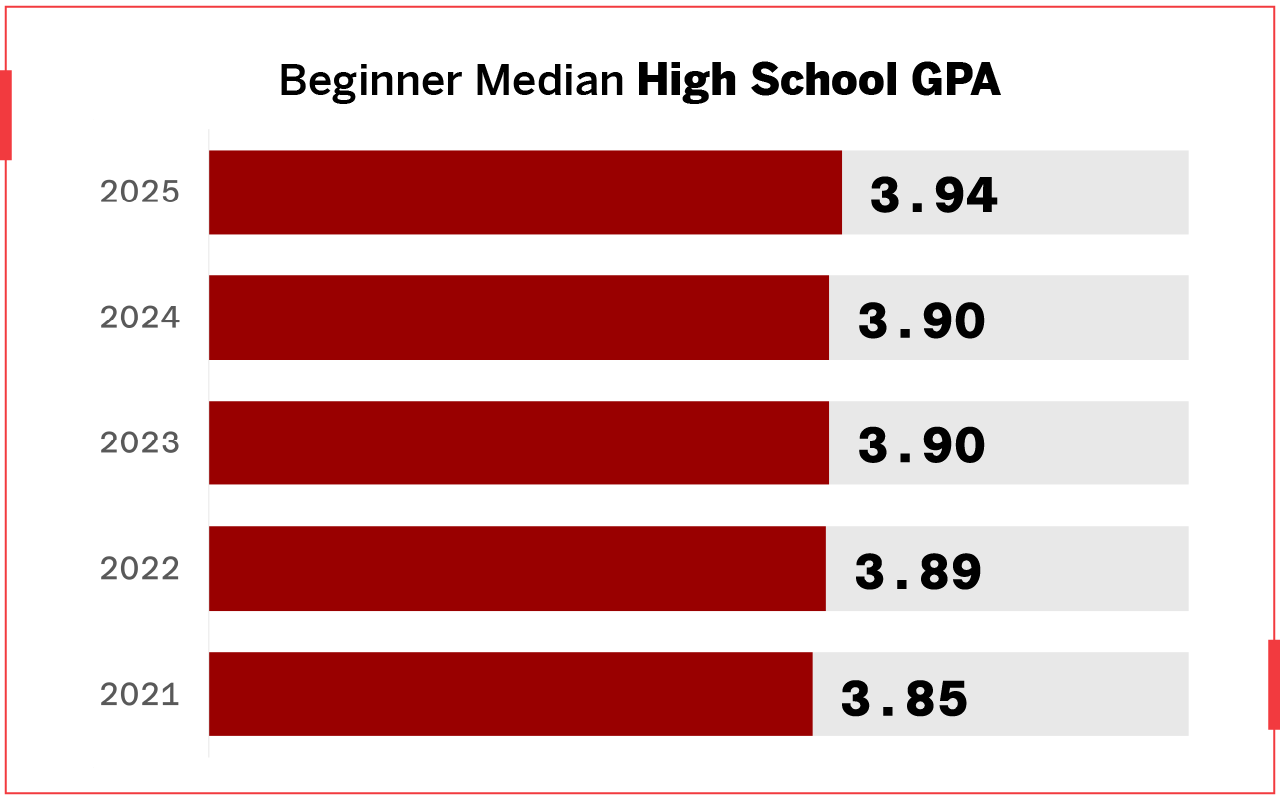

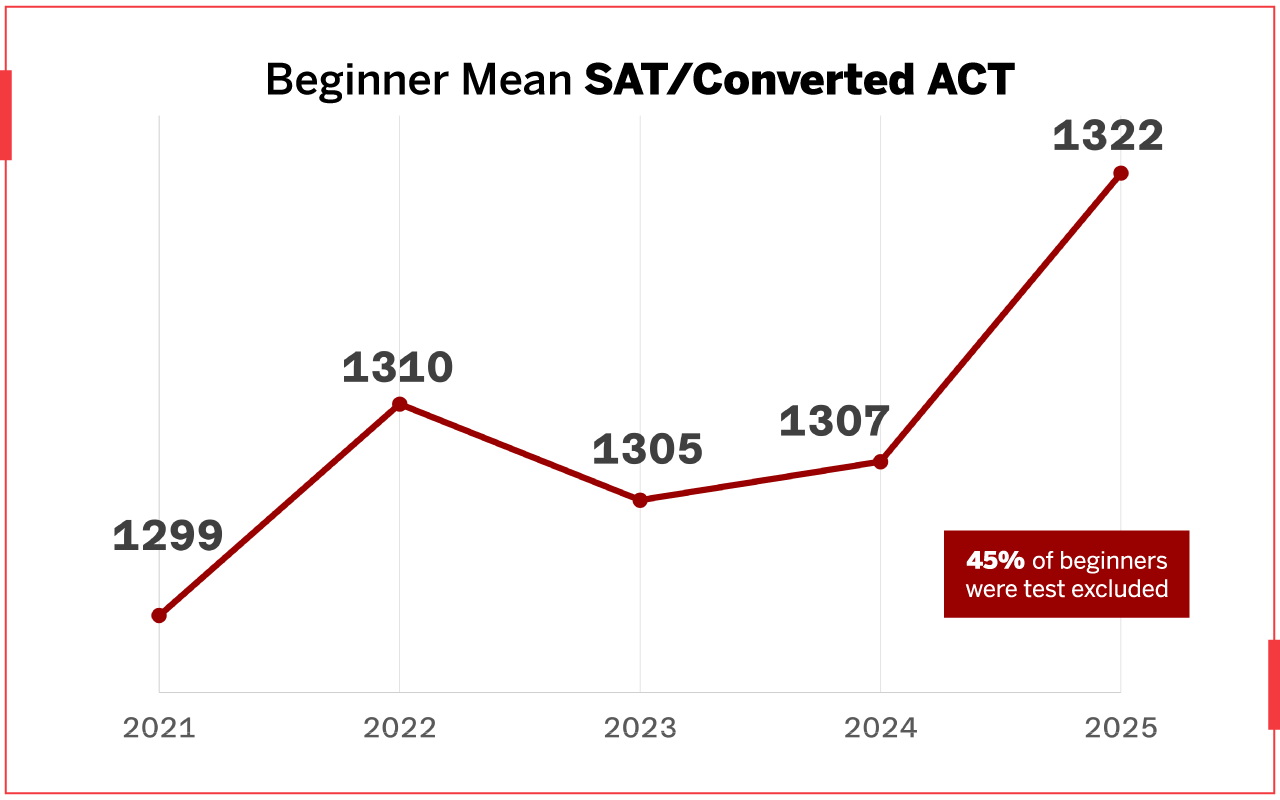
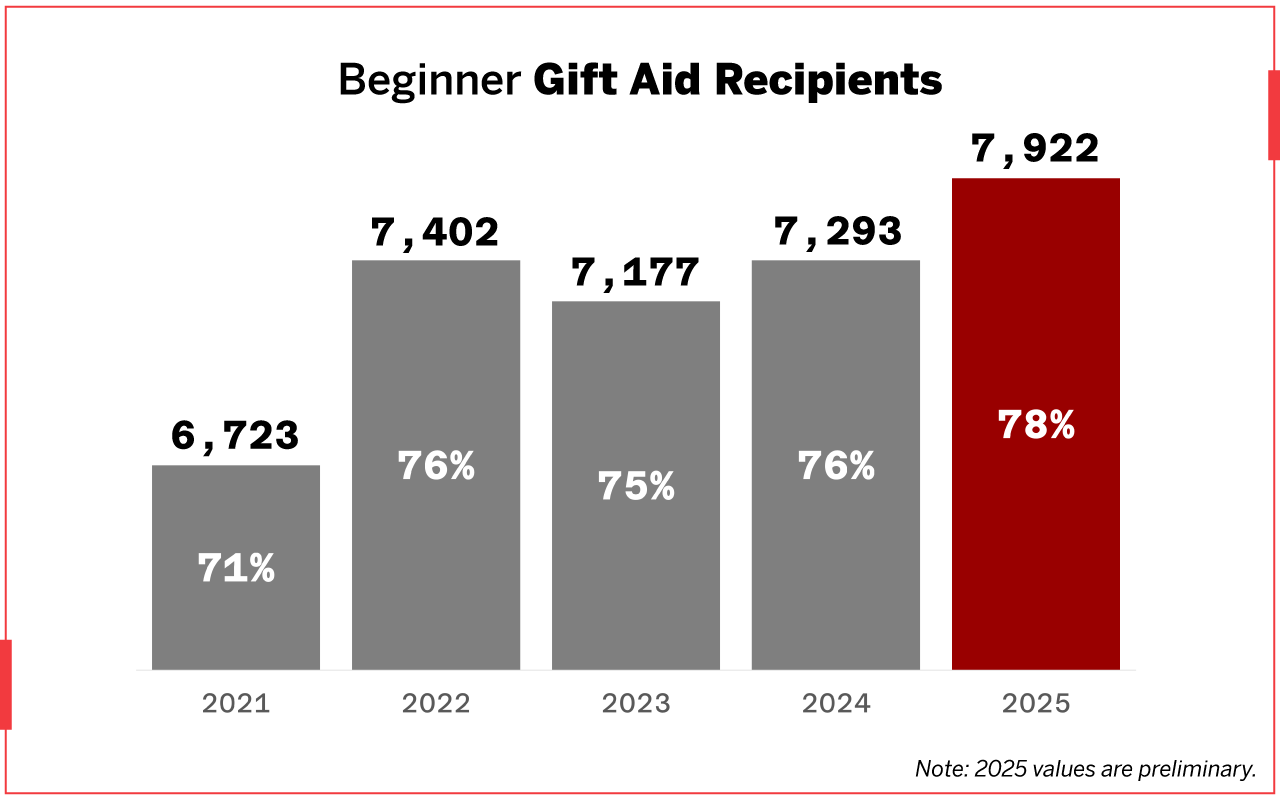
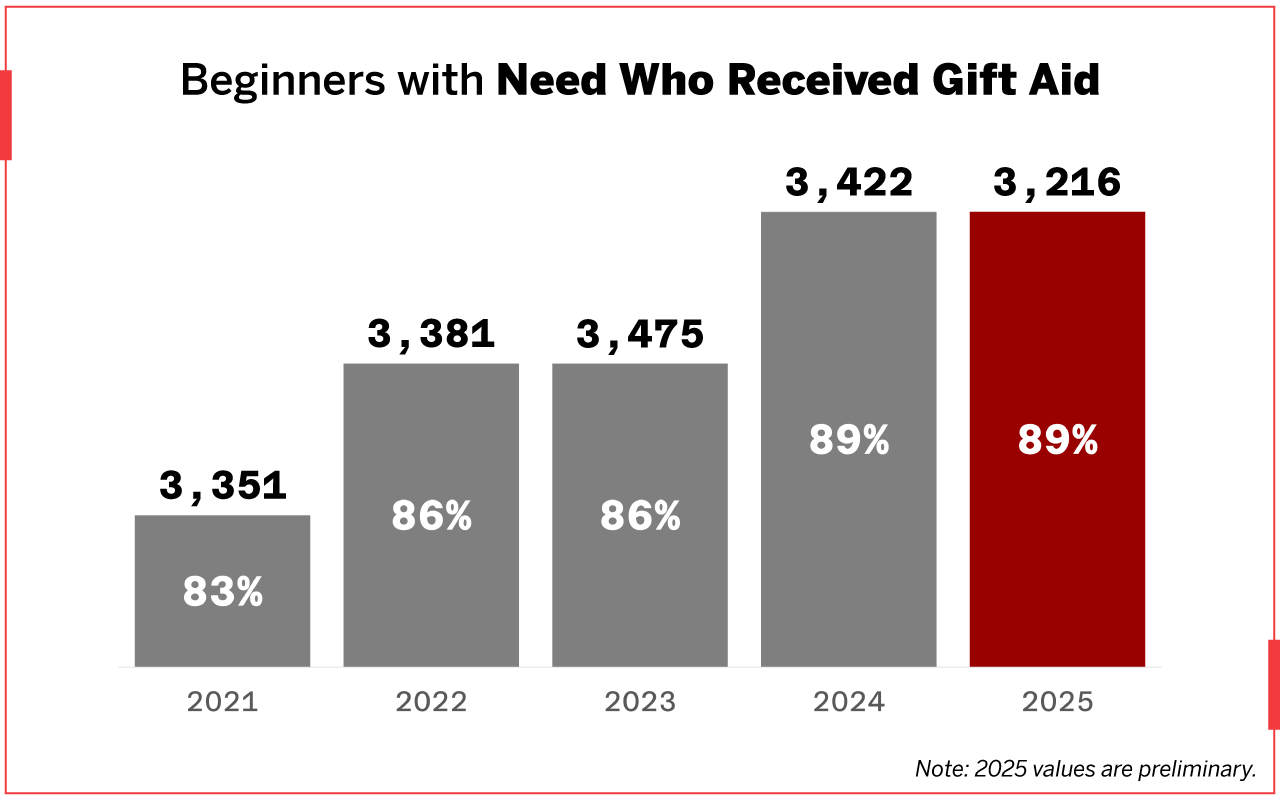

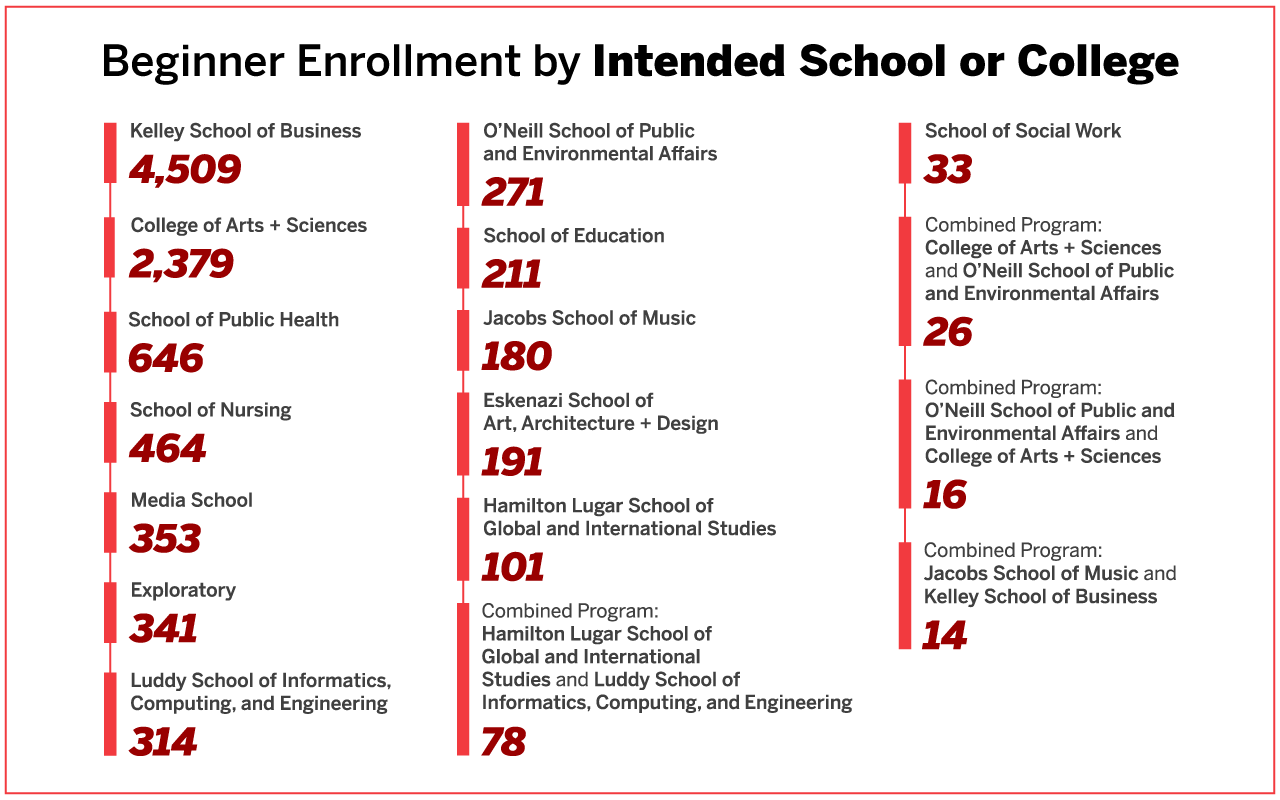

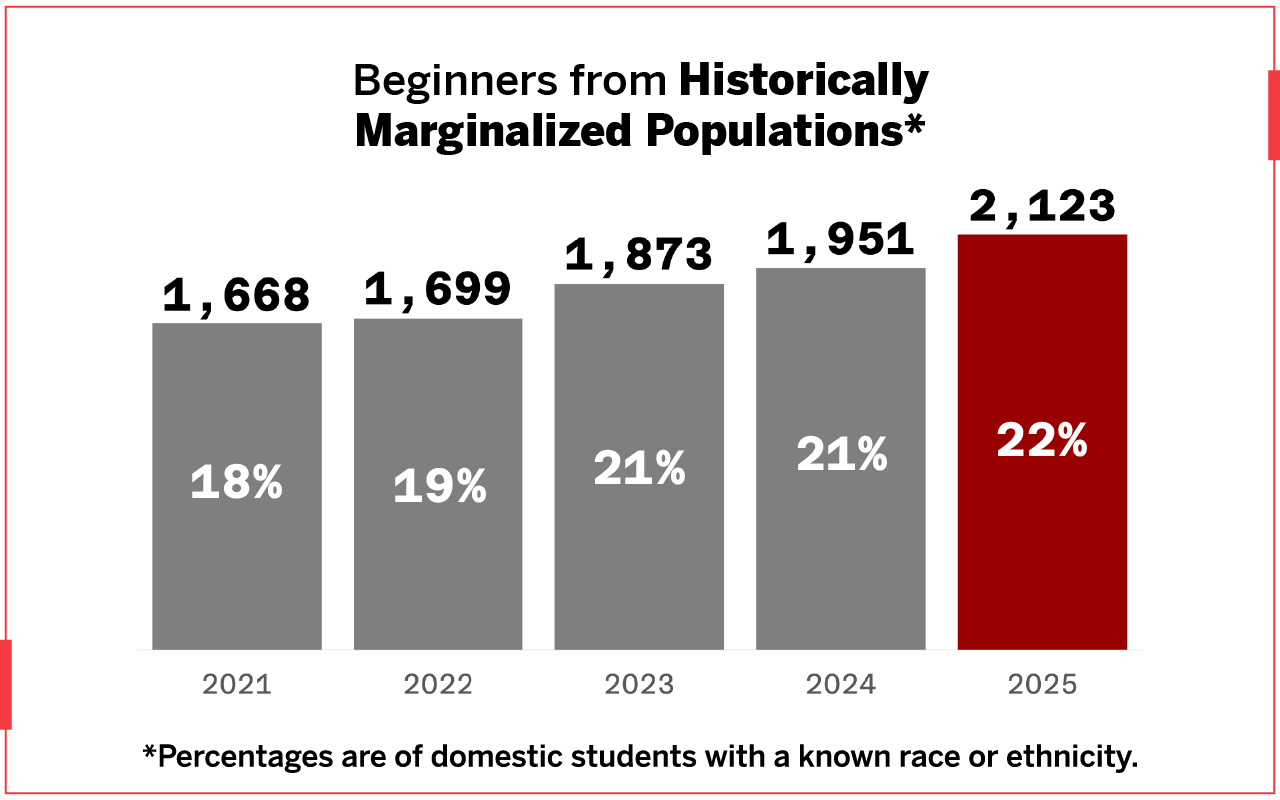
 OEM also expanded its proactive outreach, using events such as Red Carpet Days, Friday Finish, and College Goal Sunday to connect with students early and often. Targeted calls, emails, and SMS reminders—powered by Ivy, IU’s AI chatbot—ensured students received timely information and resources before small challenges became barriers. A pilot project with Student Central on immunization holds provided direct outreach to 620 students, resulting in a 104 percent increase in resolved holds and registered students compared to the previous year.
OEM also expanded its proactive outreach, using events such as Red Carpet Days, Friday Finish, and College Goal Sunday to connect with students early and often. Targeted calls, emails, and SMS reminders—powered by Ivy, IU’s AI chatbot—ensured students received timely information and resources before small challenges became barriers. A pilot project with Student Central on immunization holds provided direct outreach to 620 students, resulting in a 104 percent increase in resolved holds and registered students compared to the previous year. The coming years will bring both challenges and opportunities. Declining demographics in the Midwest, increased competition, and financial pressures are real, but so are the possibilities for growth. With a sharpened focus on affordability, innovation, and student success, OEM is laying the foundation to meet challenges with opportunities that will support the enrollment of future Hoosiers.
The coming years will bring both challenges and opportunities. Declining demographics in the Midwest, increased competition, and financial pressures are real, but so are the possibilities for growth. With a sharpened focus on affordability, innovation, and student success, OEM is laying the foundation to meet challenges with opportunities that will support the enrollment of future Hoosiers.